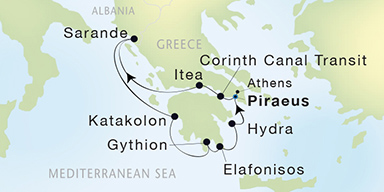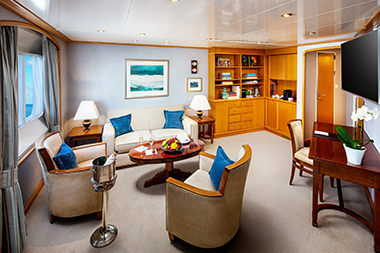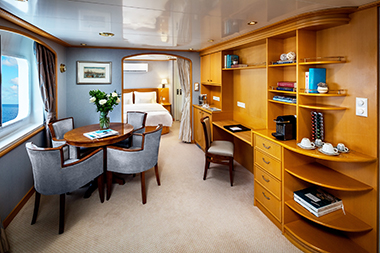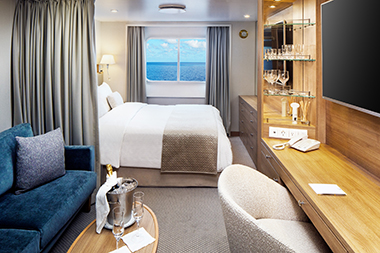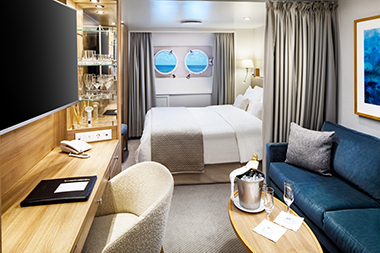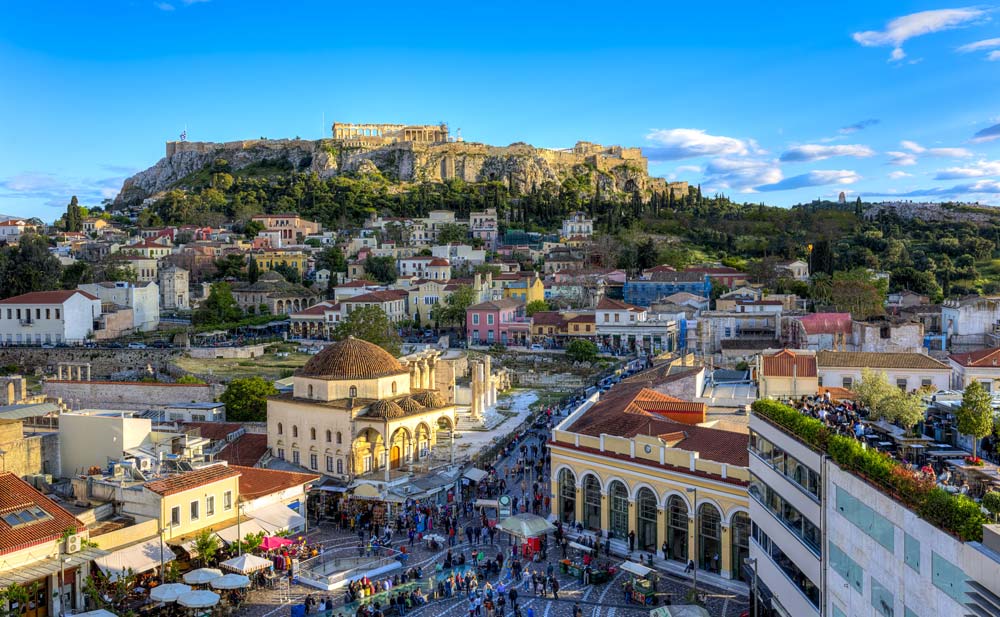
Piraeus, roughly translating to “the place over the passage”, is an important Greek port located within the Athens agglomeration, in the Attica Basin. It is 12 kilometers from the municipality of Athens, considered the fourth largest and is the third most populous amongst all the municipalities of Greece. Now a peninsula, Piraeus, originally a rocky island, was developed in early 5th Century B.C. when it was initially designated as Athens’ import and transit trade port. It is the largest marine-based shipping center of Greece, one of the largest ports in Europe, and considered the second largest passenger port in the world. Inhabited since the 26th Century, it wasn’t until the 6th Century B.C. that Piraeus began catching attention. The land of Piraeus was essentially impassable, flooded by the sea most of the year until centuries passed and the flooding ceased. By the 5th Century B.C. it became a navy base for the Athenian fleet for the natural harbors and the strategic potential they carried. Athenian general and politician Themistocles fortified Piraeus’ three harbors Kantharos, Zea and Munichia, created ship houses and completed his walls in 471 B.C., which led to the port becoming a great military and commercial harbor. There are many archaeological sites, points of interest and entertainment available in Piraeus. Most famous for its tavernas and cuisine, several popular events take place in Piraeus, such as the Ecocinema International Film Festival, the Maritime Festival, the Piraeus Rock Wave Festival and the Three Kings’ Way Festival. There are also many theaters, including the Municipal Theater, the open air Veakeio Theater, and the Menandreio Theater. Museums in Piraeus include the Archaeological Museum of Piraeus, the Merchant Shipping History Institute Exhibition, the Panos Aravantinos Decor Museum, the Georgios Averof Museum Ship and the Museum of Electric Railways. Be sure to catch the panoramic views available from the hill of Kastella, overlooking Athens and the Saronic Gulf!
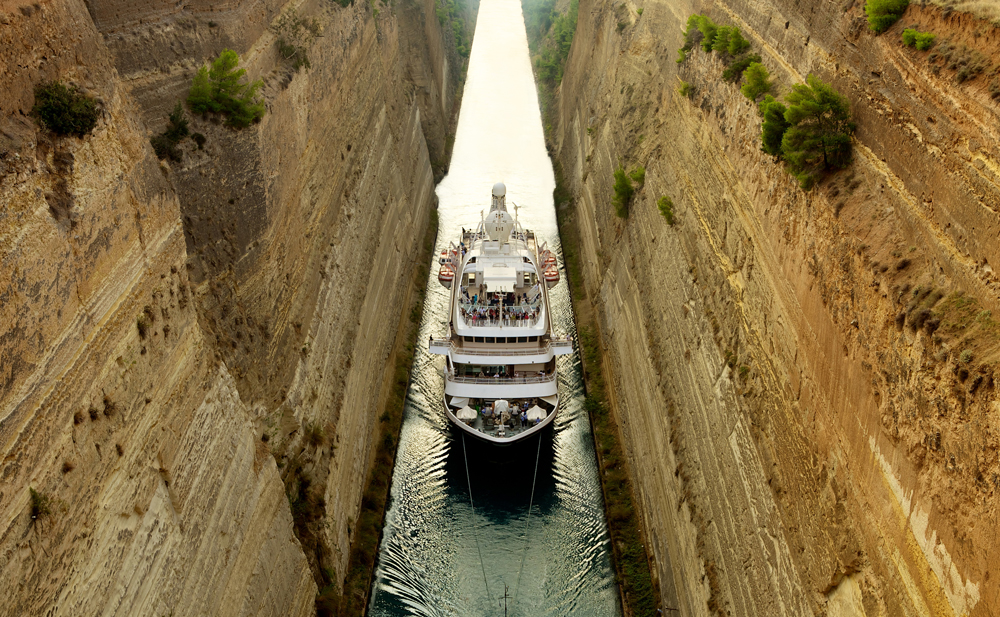
So narrow! So dramatic! You'll understand why SeaDream says "expect the unexpected" as your yacht transits the Corinth Canal. The canal was first completed in 1893, despite previous attempts from ancient times; the first plans being from 602BC. The Roman Emporer Nero actually started construction in 67AD, making the first cut himself with a golden pick. The canal we transit is 6.3 kilometres (3.9 mi) in length. Before the canal, ships sailing between the Aegean and the Adriatic had to circumnavigate the Peloponnese Peninsula adding about 185 nautical miles to their voyage.
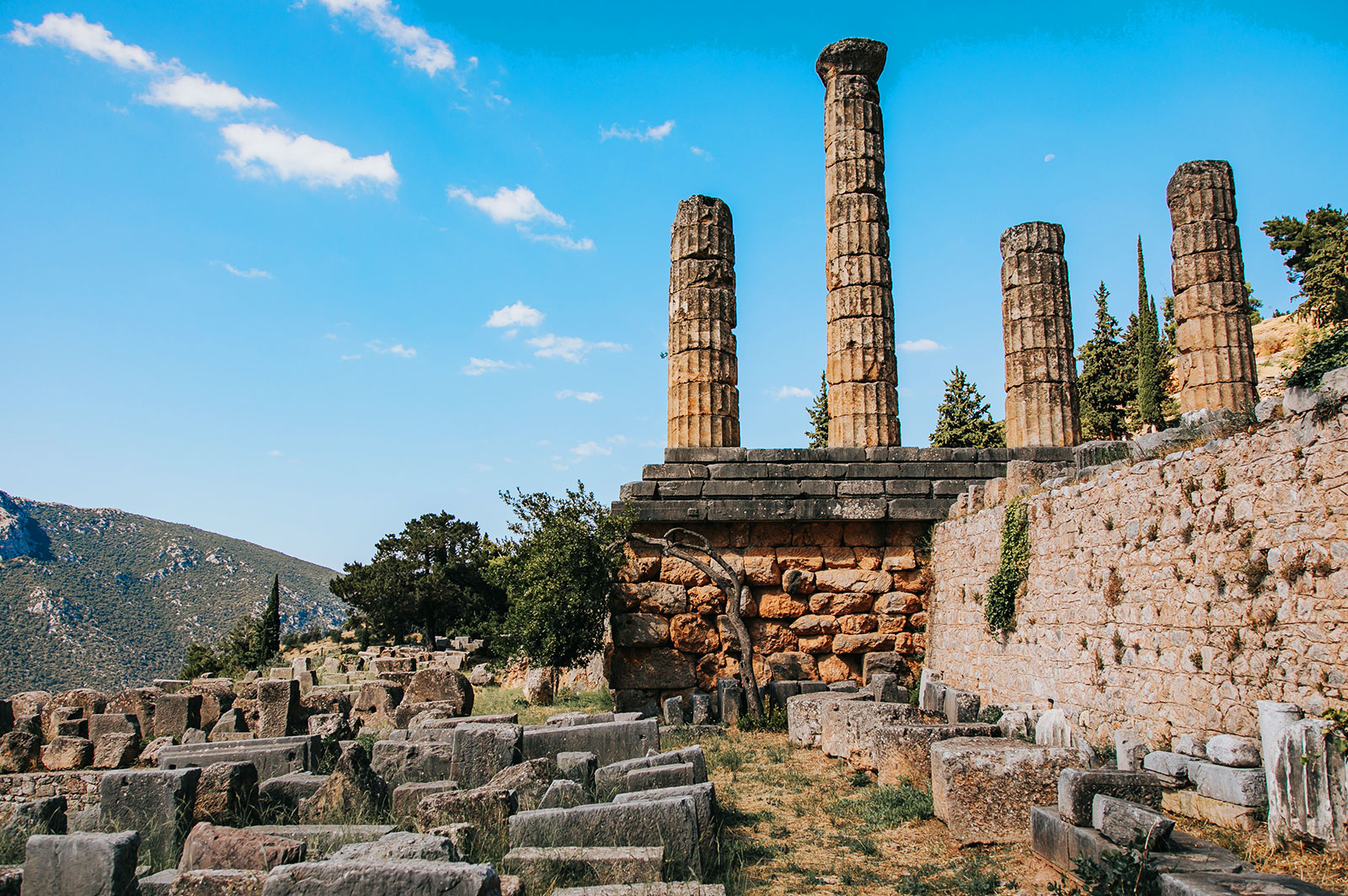
Itea is a small town situated on the north coast of the Gulf of Corinth, 2 km west of Kirra, 8 km southwest of Delphi. The town has a nice beach along with some shops, cafes and restaurants. It allows the closest access to the incredible sight of Delphi which is within the top three archeological attractions in Greece and in 1987 was inscribed as a UNESCO Heritage Site. It is believed the Zeus wanted to find the center of the Earth so he sent two eagles flying from the eastern and western extremities and where they met was Delphi – becoming the “navel/center of the earth”. SeaDream has arranged the very best guides and vehicles from Athens to enhance this incredible visit further. Your guided visit highlights the ancient Sanctuary of Apollo, where Pythia, the celebrated Oracle dwelt, the Temple of Apollo, the Sacred Way, the amphitheater, the best-preserved stadium of Greece, and the Castalia Spring, where in ancient days the pilgrims had to wash before they were allowed to consult the Oracle. In the Delphi Museum, see such treasures as the Omphalos, which marked the center of the world, and the magnificent bronze Charioteer, one of the finest pieces surviving from the 5th century BC. After the museum, there will be free time to visit the village of Delphi. SeaDream has the option of docking along the small pier in Itea or anchoring off to provide water sports options. This is dependent on availability as well as a number of guests visiting the archeological site.
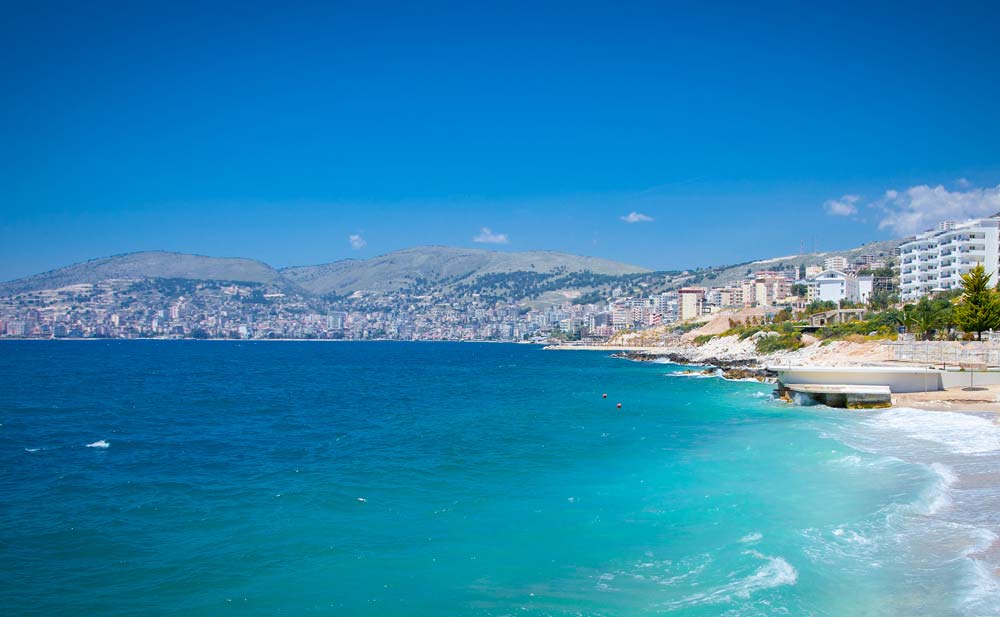
This attractively situated port and the seaside town lies in the very south of Albania, close to the border with Greece. The Greek island of Corfu can be clearly seen across the channel. The town is built back from a small beach with a pleasant palm-fringed esplanade. Located close by are not one, but two different UNESCO World Heritage sites! The first is the ancient city of Butrint which is now a national park where the remains of 3,000 years of occupation are piled on top of one another. The other site is the town of Gjirokastra, where the old town is a rare example of a well-preserved Ottoman town.
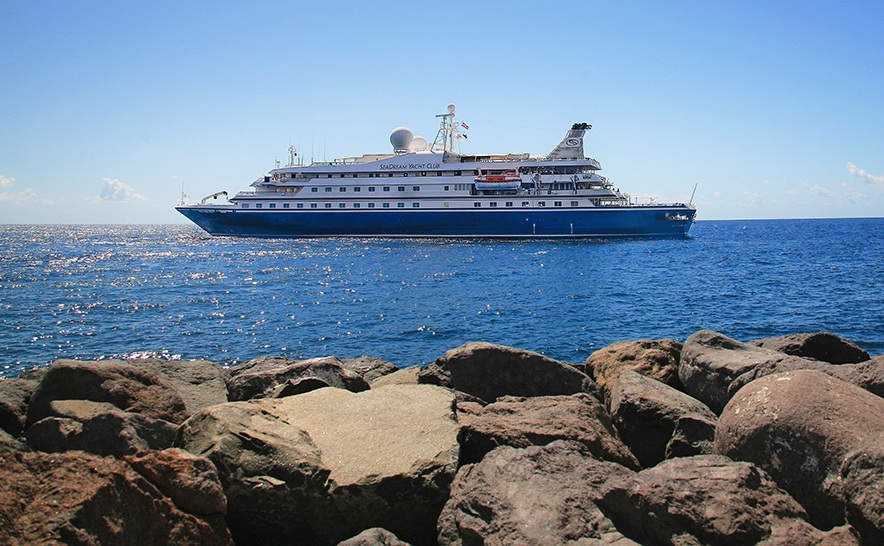
The rather sleepy port of Katakolon at the western edge of Greece's Peloponnese Peninsula is close to the archeological site of Olympia, where the ancient Olympic Games were held. The Games date back possibly further than 776 BC. In 394 AD, (after exactly 1170 years) emperor Theodosius I abolished them as they were then considered reminiscent of paganism. The town has a pleasant waterfront where you can find a seat at one of the seaside cafes and order a cool drink and some local mezes (Greek snacks).
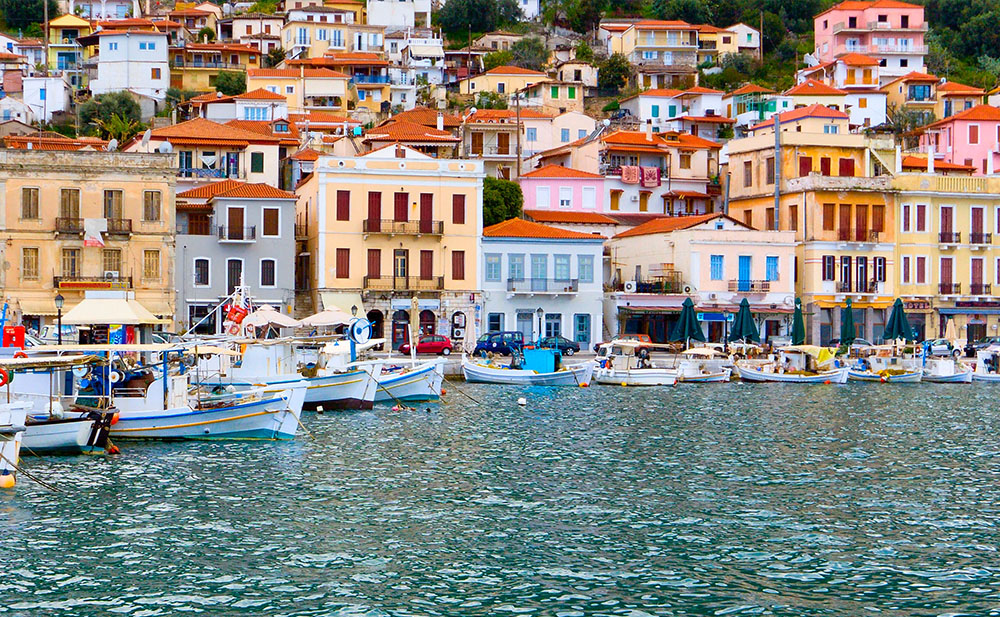
The port of Gythio in the southern Peloponessos has lots of good fish restaurants, some great ouzeries and is within easy driving distance of the Mani, Mystras, and much of the south-eastern coast of the Peloponessos. It was here that the powerful city-state of Sparta had its port and it is speculated that the Trojan ships were anchored here when Prince Paris spirited the beautiful Helen away to Troy. The town has some very pleasant old buildings built in the last two centuries. It is a pleasure to wander through with the neo-classical houses, shops and spectacular old apartment buildings, hugging the side of Mount Koumaros all the way down to the sea. It makes you feel like you are in the type of Greek port that disappeared with the introduction of mass tourism into the country.
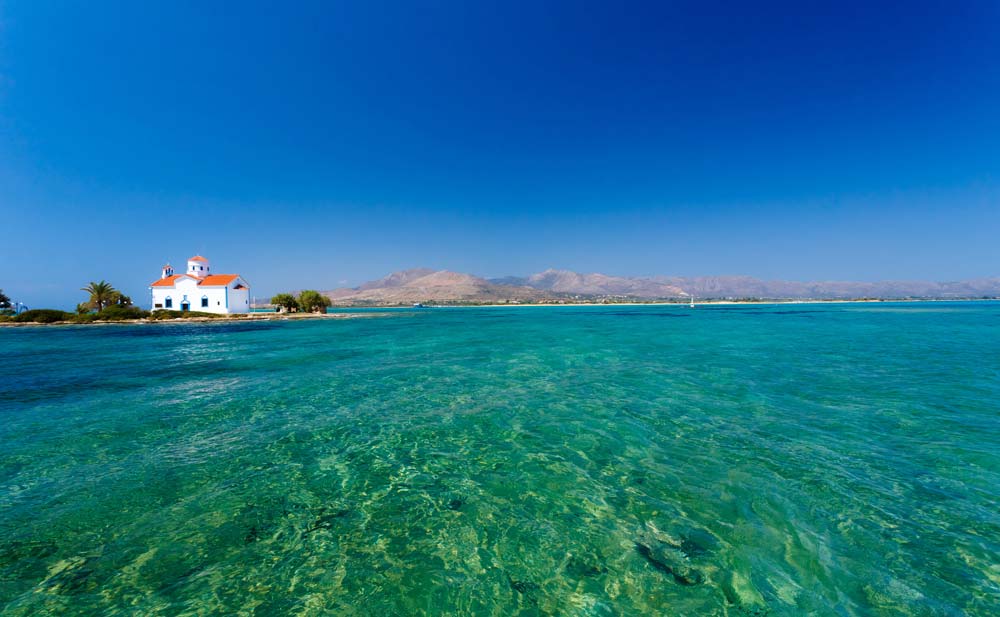
Elafonisos is a lesser-known Greek island in the Lakonikos Kolpos (Bay of Laconia), between Kythira and Peloponnese (which is not to be confused with the island of Elafonisi by Crete). In the Peloponnese archipelago, Elafonisos is the largest inhabited island, measuring in at an area of 7 miles. It is also the only island in the Peloponnese to be its own separate municipality. The island’s beauty is reminiscent of the Cyclades, with pristine turquoise waters, and one of the most beautiful beaches in Greece, Fragos (Simos) Beach. Tourists typically ride one of the ferries in Vingliafa to Elafonisos, and Athenians often visit on the weekends on their yachts – it is also just a 5-hour drive from Athens. Native residents are known for having one of the bigger fishing fleets in Greece (60% of locals are fishermen), as well as impeccable woodwork shipbuilding. Elafonisos means “Island of the Deers”, and in ancient times, the island was named “Onou Gnathos”, meaning “Donkey Jawbone”. Originally a peninsula, the sandy isthmus to this day is only 10 feet underwater. The Elafonisos Channel is the main passage for vessels sailing in the Eastern Mediterranean, and in the 16th and 17th centuries was utilized by Corsairs and Pirates. In Greek Mythology, the Channel is also known as being the starting point for Odysseus’s epic journey. The oldest archeological town site, Pavlopetri, is off the southern coast of Laconia, and is 5000 years old, completely submerged in the sea due to a massive earthquake. Enjoying seafood, drinks, and the beach is what Elafonisos is all about. Although it is unclear if it is allowed, many beach-goers pitch tents among the dunes and trees at the beach, adding to the laid-back feel of this destination. Elafonisos’s charm lives in the intimate and natural beautiful environment. Be sure to explore the castle “Pyrgos ton Meladon” to catch a beautiful panoramic view of Laconic Bay!
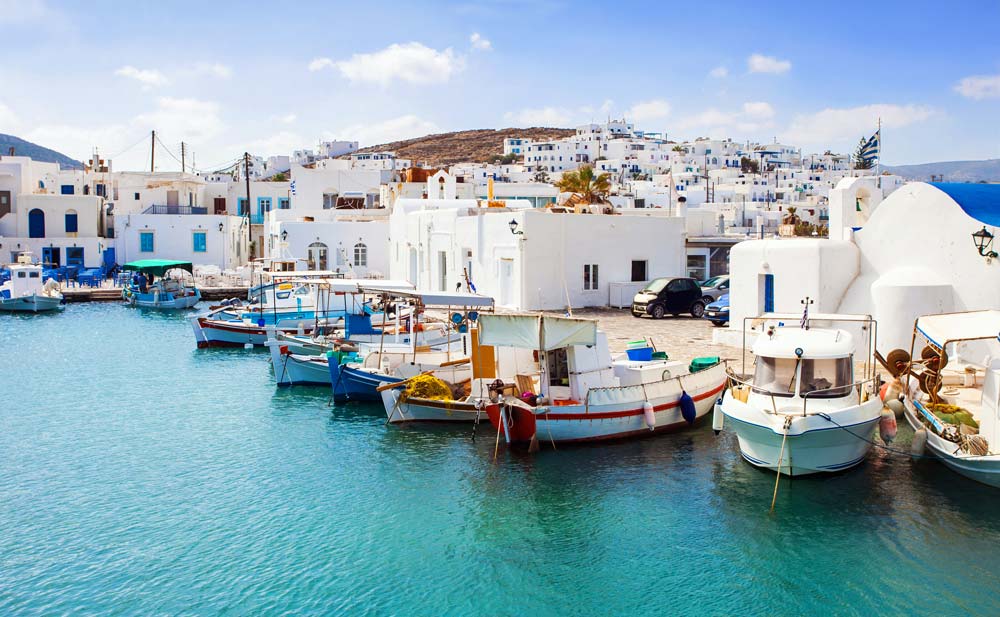
Paros is an island of Greece in the central Aegean Cyclades group. With the popularity and sometimes overcrowding at Santorini and Mykonos, Paros offers a quieter, unspoiled Cyclades option. Historically, Paros was once known for its fine white marble, which gave rise to the term "Parian" to describe marble or china of similar qualities. Some consider Paros the most beautiful in this island group – you be the judge! It has beautiful beaches and charming villages. Most visitors make an effort to see the famous Church of Ekatontapyliani (Our lady of a Hundred Doors). This church is the holy place of Paros and is linked to the history and myths of Byzantium. Tradition and history state that the church began life in the reign of Constantine the Great (280 - 337 A.D.) or Justinian (527 - 565). After its restoration in 1959, this church, the brightest jewel in the crown of Orthodoxy in the Aegean, became the third most important Christian building in Greece, after the Panayia Akheiropoietos and St. Demetrios in Thessaloniki.
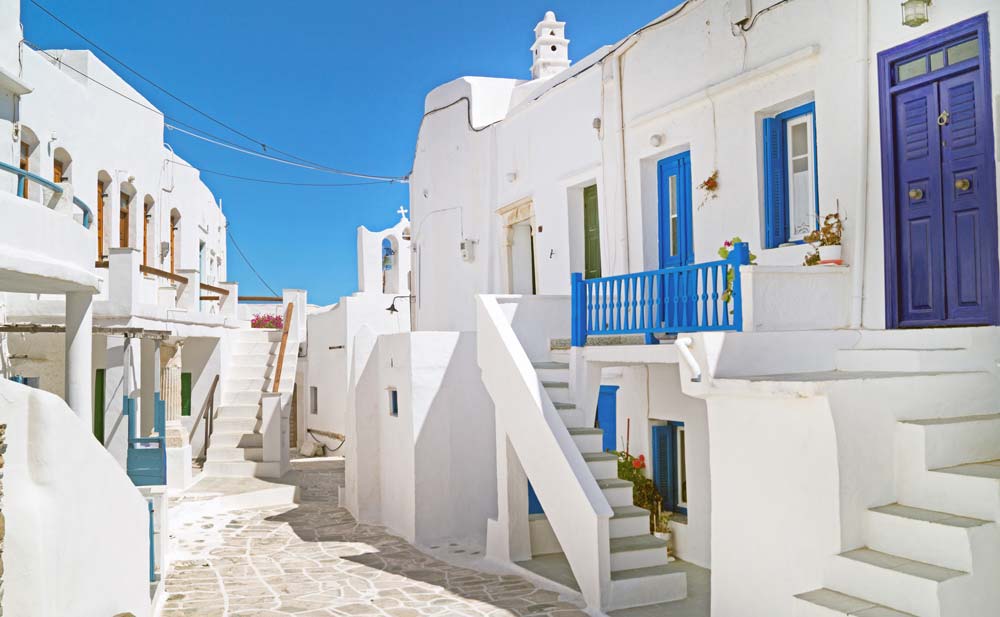
This Greek Isle's history dates back before the year 4000 BC. The island has a rich history of silver and lead mining and was one of the first places where currency minting occurred in Greece. Today, the island is frequented for its beaches, churches, festivals, food, and of course, classic Greek isle architecture.
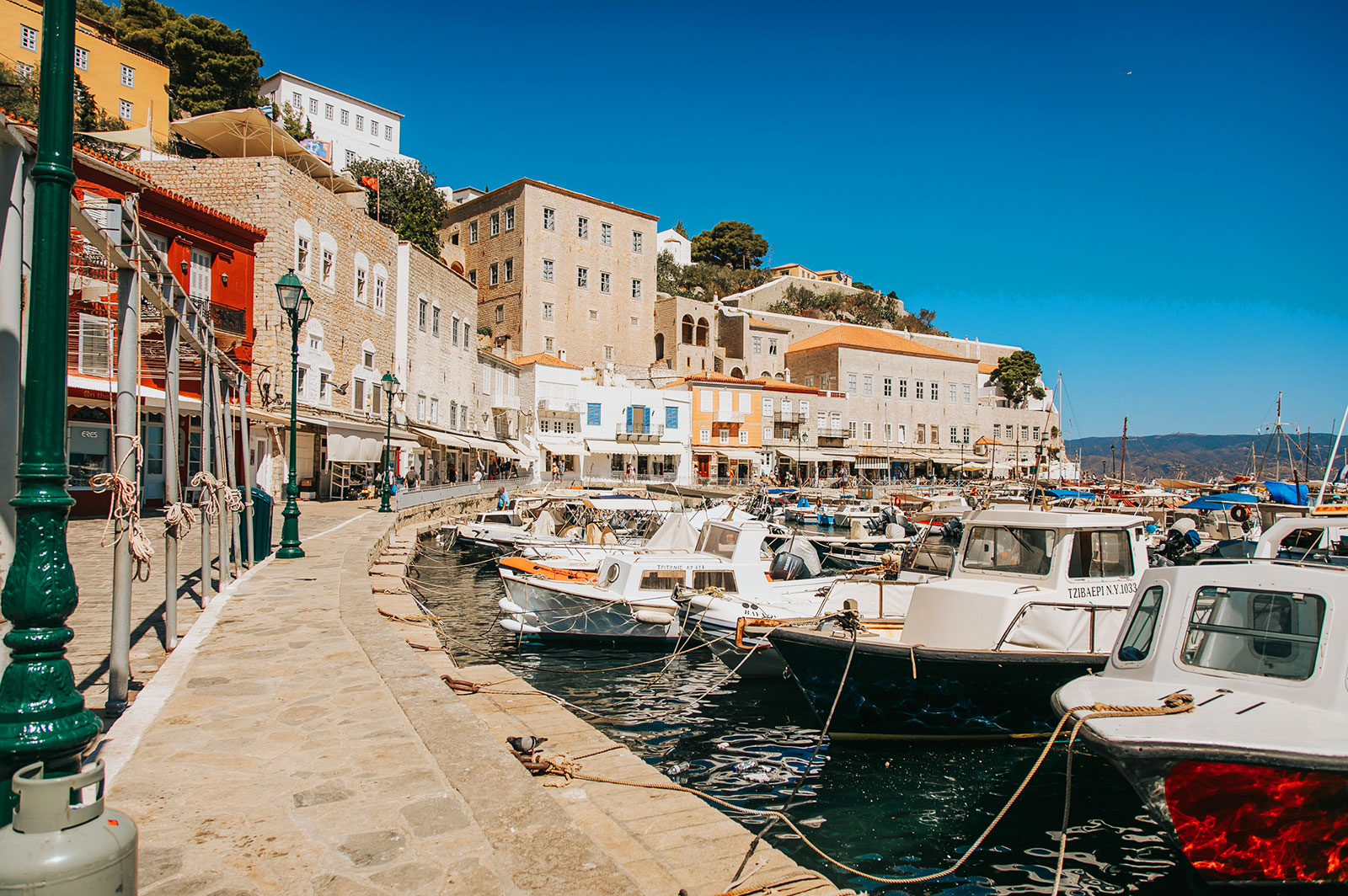
There is one main town on Hydra, known simply as "Hydra port". It consists of a crescent-shaped harbor, around which is centered a strand of restaurants, shops, markets, and galleries that cater to tourists and locals (Hydriots). Steep stone streets lead up and outwards from the harbor area. The charm of Hydra town certainly lies in her rich history, beautiful port and waterfront unspoiled by motorized vehicles. The island offers a rugged charm and some spectacular scenes and makes the perfect place for some self-exploration.
Suites & Staterooms
*Single Supplement for this voyage is 200% for Yacht Club Deck 2, 3 and 4. For Commodore, Admiral and Owners Suite, a 200% single supplement rate applies.
Government, Port, Document Issuance, Handling & Service fees: $549 per guest (included)
Please Note: Fares are capacity controlled and may change without notice. The fares are per person based on double occupancy. Single and third person rates are also available. SeaDream Yacht Club strongly recommends that all guests purchase travel insurance.
Yachting Land Adventures & Activities
Please check back soon for updates.
Testimonials
The best vacation we have ever been on. The combination of relaxed atmosphere and impeccable service was perfect. Mr & Mrs PedersonConnecticut
Exceptional food. Interesting menu options. A delight every lunch & dinner. Mrs Lydia P.Michigan
